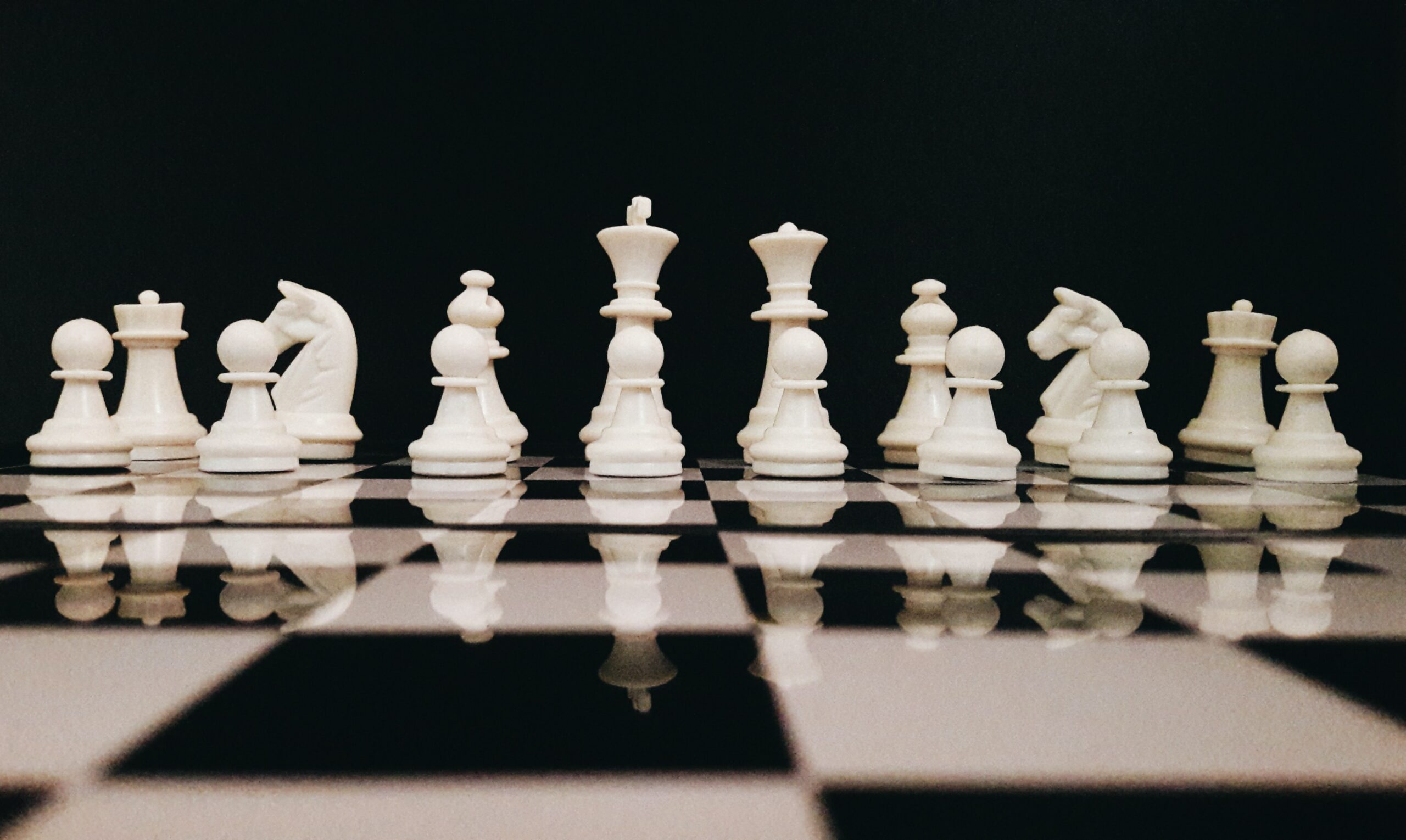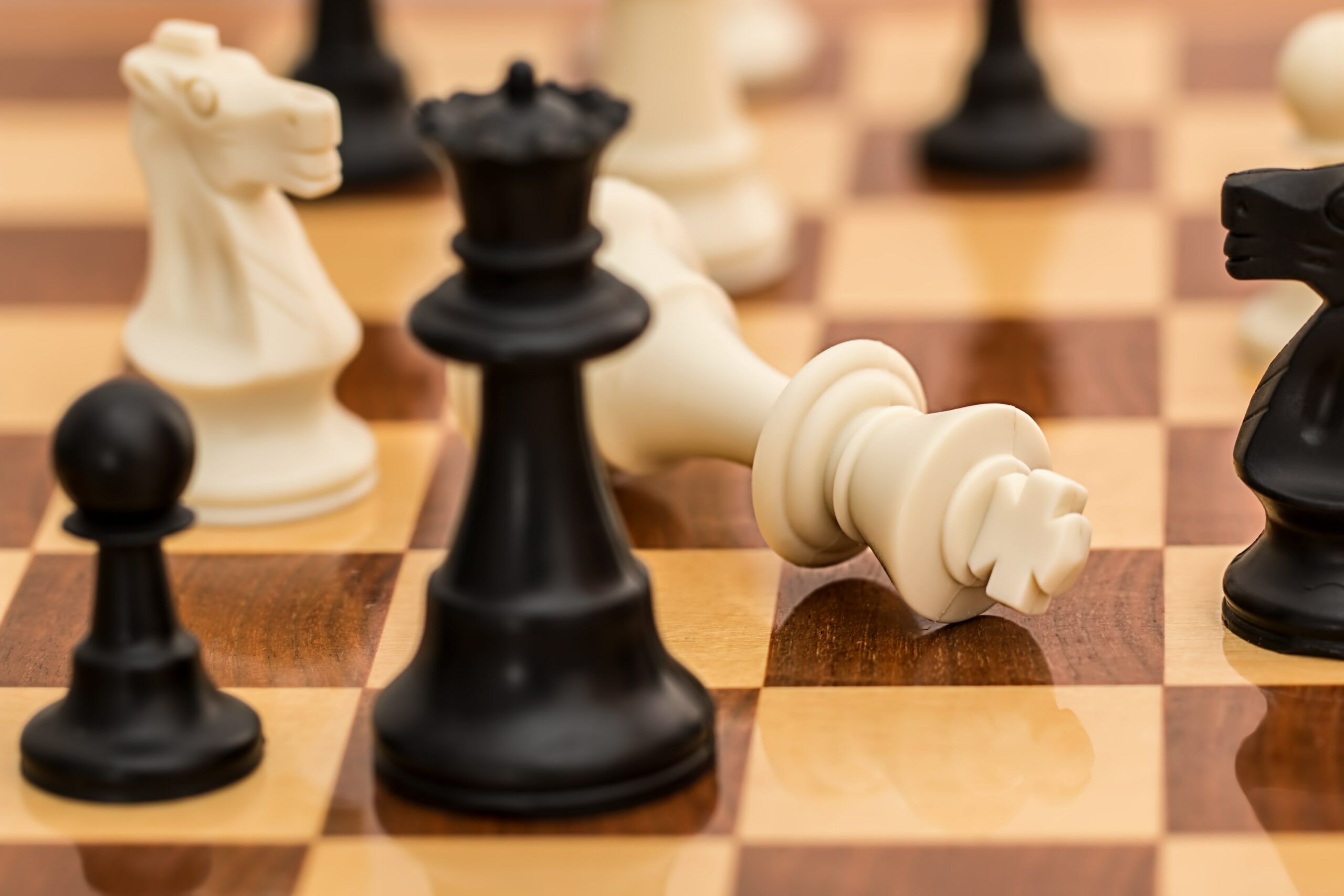In the game of chess, each piece holds its unique significance, but the king reigns supreme. The king is not just a figurehead; he holds the key to victory or defeat. Understanding how to use the king effectively is crucial for any aspiring chess player.
In this article, we will explore the various facets of king usage and uncover strategies to maximize its potential on the board. From the opening to the endgame, the king’s role evolves, presenting opportunities and challenges. Let us embark on a journey to unlock the secrets of harnessing the king’s power and taking our chess game to new heights.
Why is the king such a vital piece in chess?
The king is the most valuable piece on the chessboard. Its safety is paramount, and a checkmate against the opponent’s king determines the outcome of the game. However, the king is not just a passive bystander; he can actively participate in different stages of the game.
In the opening, the king seeks safety through castling while also preparing to connect the rooks. In the middlegame, the king can play a defensive or offensive role, supporting attacks or defending against threats. Finally, in the endgame, the king becomes a powerful piece, capable of leading pawn promotions and contributing to tactical maneuvers.
How should I position my king in the opening phase of the game?

During the opening, the king’s safety is of utmost importance. Castling early allows you to protect the king and bring the rooks into play, facilitating their connection. Generally, castling kingside is the most common choice, as it provides a solid pawn shield and tucks the king away from the center.
However, casting Queenside can be an adventurous option, granting the king the opportunity to participate in more active play. It is crucial to choose the right moment for the castle, considering the pawn structure, piece development, and potential threats.
Can the king play an active role in the middlegame?
Contrary to popular belief, the king can play an active role in the middlegame. In certain situations, when the position opens up or the center becomes stable, the king can venture out of its safety zone. It can participate in attacking maneuvers, providing support to your pieces and increasing their power.
Care must be taken to ensure the king’s safety and avoid unnecessary risks. Timing and accurate calculation are essential when deciding to involve the king in the middlegame, as any exposed weakness can be exploited by your opponent.
What are the risks and rewards of using the king in the attack?

Using the king in an attacking role can be a double-edged sword. On one hand, the king’s presence can increase the intensity and effectiveness of your attack, bringing an additional piece into the battle. It can help create threats and provide tactical possibilities.
On the other hand, venturing into enemy territory can expose the king to danger and potential counterattacks. Assessing the risks and rewards is vital, weighing the potential gains against the safety of your king. Proper calculation, precise timing, and a well-protected position are essential when deciding to unleash the king’s attacking potential.
How can I utilize the king to support my pawn promotion in the endgame?

The endgame is a stage where the king becomes an active force, particularly in pawn endgames. The king’s ability to support pawn promotions can be a deciding factor in securing victory. By skillfully maneuvering your king to the critical squares, you can create a barrier that restricts the opponent’s king and ensures the successful advancement of your pawns.
Understanding the concept of opposition, zugzwang, and key squares becomes crucial in exploiting the king’s power in the endgame. The king becomes a mighty ally in the quest for promoting pawns and achieving victory.
Should I prioritize King’s safety or activity in my decision-making?
Balancing king safety and activity is a perpetual dilemma in chess. While it is crucial to prioritize the king’s safety and keep it out of harm’s way, there are situations where the king’s activity can be advantageous. The decision depends on the position, the opponent’s threats, and the potential benefits of involving the king.
In general, maintaining the king’s safety should be the primary consideration, but when the opportunity arises, leveraging the king’s activity can yield substantial rewards. Careful evaluation and accurate calculation are essential when navigating this delicate balance.
What are some common mistakes to avoid when using the king?
Using the king effectively requires avoiding common mistakes that can prove costly. One common error is leaving the king in the center for too long, exposing it to potential attacks and undermining its safety. Another mistake is neglecting king safety in pursuit of aggressive play, leading to vulnerabilities that opponents can exploit.
Overestimating the king’s attacking capabilities and underestimating potential counterattacks can also be detrimental. Being aware of these pitfalls and mindful of the king’s safety is crucial to ensure that your king remains a strong and secure pillar throughout the game.
Here’s a comparison table that provides valuable information about different aspects of king usage in chess:
| Aspect | Characteristics | Key Ideas |
|---|---|---|
| Opening | Castling for king safety and rook connection | Positional security, development, coordination |
| Middlegame | King’s active role in supporting attacks | Tactical opportunities, piece coordination |
| Attack | Risks and rewards of involving the king | Intensity, threats, counterattacks |
| Endgame | King’s Role in supporting pawn promotion | Key squares, opposition, zugzwang |
| Safety vs. Activity | Balancing King Safety and active involvement | Risk assessment, accurate calculation |
| Fortress Defense | Creating a solid defense with the king | Coordination, piece placement, pawn structure |
| Special Rules/Moves | Castling, en passant, endgame techniques | Utilizing unique moves and rules |
| King and Pawn Endgame | King’s role in promoting pawns to victory | The opposition, passed pawns, controlling squares |
| Piece Coordination | King’s involvement in tactical play | Forks, discovered attacks, mating opportunities |
| Closed Positions | King’s role in maneuvering and creating weaknesses | Supporting pawn breaks, exploiting vulnerabilities |
| Exploiting Weaknesses | Identifying and targeting the opponent’s king weaknesses | Pawn weaknesses, exposed squares, compromised structures |
| Famous Games | Studying notable games showcasing effective king usage | Anderssen vs. Kieseritzky, Anderssen vs. Dufresne |
| Resources and Exercises | Study materials and practical exercises for improving king utilization | Chess books, puzzles, online platforms, game analysis |
This table provides a concise overview of different aspects of king usage in chess, their characteristics, and key ideas associated with each aspect.
How can I create a fortress with my king to defend against attacks?
In some positions, creating a fortress with your king can be a viable defensive strategy. By carefully positioning your pieces and constructing a solid defense, you can make it extremely challenging for your opponent to make progress.
The king’s role in a fortress is often to act as a guardian, preventing the opponent’s pieces from infiltrating her position. Careful coordination, piece activity, and solid pawn structures are the building blocks of a successful fortress. While fortresses are not always achievable, having the knowledge and ability to construct one can be invaluable in challenging defensive situations.
Are there any special rules or moves involving the king that I should know?
There are a few special moves and rules involving the king that every chess player should be familiar with. Castling is a unique move where the king and rook can be moved simultaneously, enhancing the king’s safety and improving the rook’s activity.
Understanding en passant, a rule that allows a pawn to capture an opponent’s pawn as if it had only moved one square, is also essential. Additionally, in the endgame, the concept of opposition plays a crucial role in determining the outcome. Being aware of these special rules and moves enables you to exploit them to your advantage and make informed decisions during the game.
How can I use my king to participate in a successful king and pawn endgame?
The king’s participation is vital in king and pawn endgames, where precise maneuvering can determine victory or a draw. Activating your king, bringing it closer to the action, and supporting your pawns is crucial. The opposition, as well as the ability to create passed pawns and control key squares, becomes paramount.
The king can act as a powerful piece, restricting the opponent’s king and ensuring the successful promotion of your pawns. Being proficient in the intricacies of king and pawn endgames empowers you to turn seemingly equal positions into favorable outcomes.
Can the king be an effective piece for piece coordination and tactical play?
While the king is primarily known for his role in safety and the endgame, it can also be an effective piece for piece coordination and tactical play. In certain positions, the king can contribute to creating tactical threats, participating in piece maneuvers, and enhancing coordination among your other pieces.
It can support various tactical motifs, such as forks, discovered attacks, or even mating nets. These tactical possibilities arise in specific positions where the king’s active involvement can surprise opponents and lead to advantageous outcomes.
What are some strategic principles for king usage in closed positions?
Closed positions, where pawn structures limit piece mobility, require a different approach to king usage. In closed positions, the king’s role often involves supporting pawn breaks and creating weaknesses in the opponent’s pawn structure. By positioning your king behind the pawns and coordinating their advancement, you can open up lines, create counterplay, and exploit weaknesses.
Patience, careful calculation, and strategic planning are key in maneuvering the king effectively in closed positions. Understanding the specific characteristics of closed positions enables you to leverage the king’s influence to gain an edge in the game.
How can I exploit weaknesses in my opponent’s king position?
Exploiting weaknesses in your opponent’s king position is a fundamental aspect of strategic play. Identifying vulnerabilities such as pawn weaknesses, exposed squares, or compromised pawn structures can be the starting point for launching attacks against the opponent’s king.
Targeting these weaknesses with your pieces and coordinating attacks can create significant problems for your opponent. However, it is essential to assess the risks and ensure that your own king remains safe during the assault. Calculated aggression and precise execution are crucial in capitalizing on your opponent’s king’s weak points.
Are there any famous games that showcase the effective use of the king?
Studying famous games can provide invaluable insights into the effective use of the king. For example, the “Immortal Game” between Adolf Anderssen and Lionel Kieseritzky in 1851 showcases a brilliant king hunt where Anderssen sacrifices his own pieces to expose the opponent’s king and secure victory.
Another iconic game is the “Evergreen Game” played by Adolf Anderssen against Jean Dufresne in 1852, demonstrating the importance of activating the king in the middlegame to support a decisive attack. Analyzing these and other famous games not only educates but also inspires and expands your repertoire of effective king usage techniques.
What resources and exercises can help me improve my king’s utilization in chess?
Improving your king’s utilization requires a combination of study materials and practical exercises. Chess books such as “My System” by Aron Nimzowitsch and “The King in Jeopardy” by Lev Alburt provide valuable insights into the strategic aspects of king usage.
Solving chess puzzles and endgame studies that focus on king activity can sharpen your tactical and positional skills. Online chess platforms and databases offer access to countless games where you can observe and analyze grandmasters’ techniques in using the king effectively. Incorporating these resources and engaging in regular practice can significantly enhance your understanding and mastery of king utilization in chess.
In Summary,
The king in chess is far more than a passive figure on the board. Its importance spans all phases of the game, from the opening to the endgame. By understanding how to position and utilize the king effectively, you can enhance your strategic understanding, create tactical opportunities, and ensure its safety.
Balancing between safety and activity, exploiting weaknesses, and leveraging the king’s potential in different game stages are essential skills to develop. With dedicated study, practice, and a keen eye for strategic opportunities, you can harness the power of the king and elevate your chess game to new levels of mastery.




